Two Of The Fastest U.S. Sealift Ships Trapped By Baltimore Bridge Collapse
The blocked entrance to the Port of Baltimore has stranded a total of four cargo ships that are on call to support U.S. military operations.
Regardless, the current stranding of the Antares and Denebola in Baltimore is especially notable. The pair represents a quarter of the entire Algol class, which, as already noted, are especially fast and otherwise capable cargo ships.
Originally built in the 1970s in shipyards in the Netherlands and what was then West Germany for the now-defunct U.S. commercial shipping company SeaLand, have a publicly stated top speed of 33 knots. Similarly-sized cargo ships more typically sail along at between 13 and 24 knots, depending on their exact configuration and load.
- The two members of the Algol class, which are also some of the fastest cargo vessels of their general size anywhere in the world, and two other reserve sealift ships were in port in Baltimore when the incident occurred.
- Readers can first get up to speed on what happened to the Francis Scott Key Bridge, which was struck by the container ship MV Dali, with The War Zone's initial reporting on the incident here.
- What the timelines might be for clearing the channel and repairing the bridge is unclear.
"I've directed my team to move heaven and Earth to reopen the port and rebuild the bridge as soon as humanly possible," President Joe Biden said yesterday. "It is my intention that the Federal government will pay for the entire cost of reconstructing that bridge."
"This port is the top vehicle handling port in the United States," Secretary of Transportation Pete Buttigieg told NPR's "Morning Edition" today. "We can't wait for the bridge work to be complete to see that channel reopened. There are vessels that are stuck inside right now and there's an enormous amount of traffic that goes through there. That's really important to the entire economy."
- The Transportation Department's Maritime Administration (MARAD) manages the RRF and its ships are crewed by civilian merchant mariners.
- RRF ships fall under the control of the U.S. Navy's Military Sealift Command (MSC) when they are activated for operations.
- The activation process for RRF ships, which are typically kept at a reduced operating status (ROS) with a skeleton crew until called upon, can take between five and 10 days depending on the vessel in question.
Two more members of the RRF fleet, the roll-on/roll-off cargo ships MV Cape Washington and MV Gary I. Gordon, are also in Baltimore. Cape Washington's sister ship MV Cape Wrath is homeported there, too, but online tracking data indicates that it is still somewhere in the Atlantic Ocean sailing west after leaving Belgium earlier this month.
Read more >
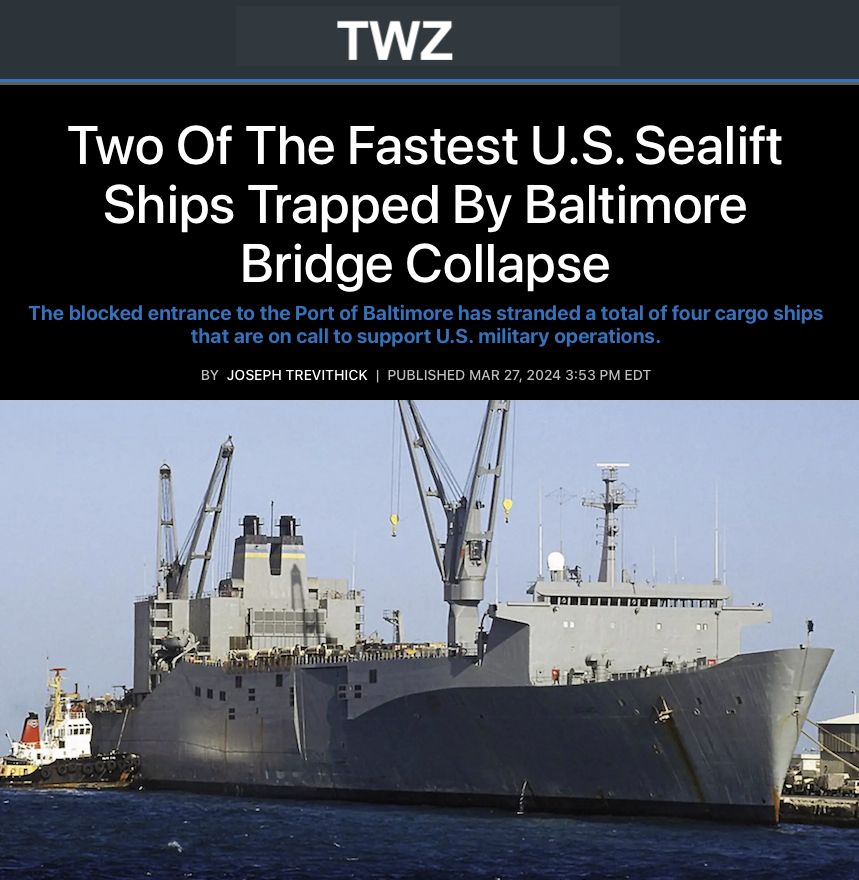


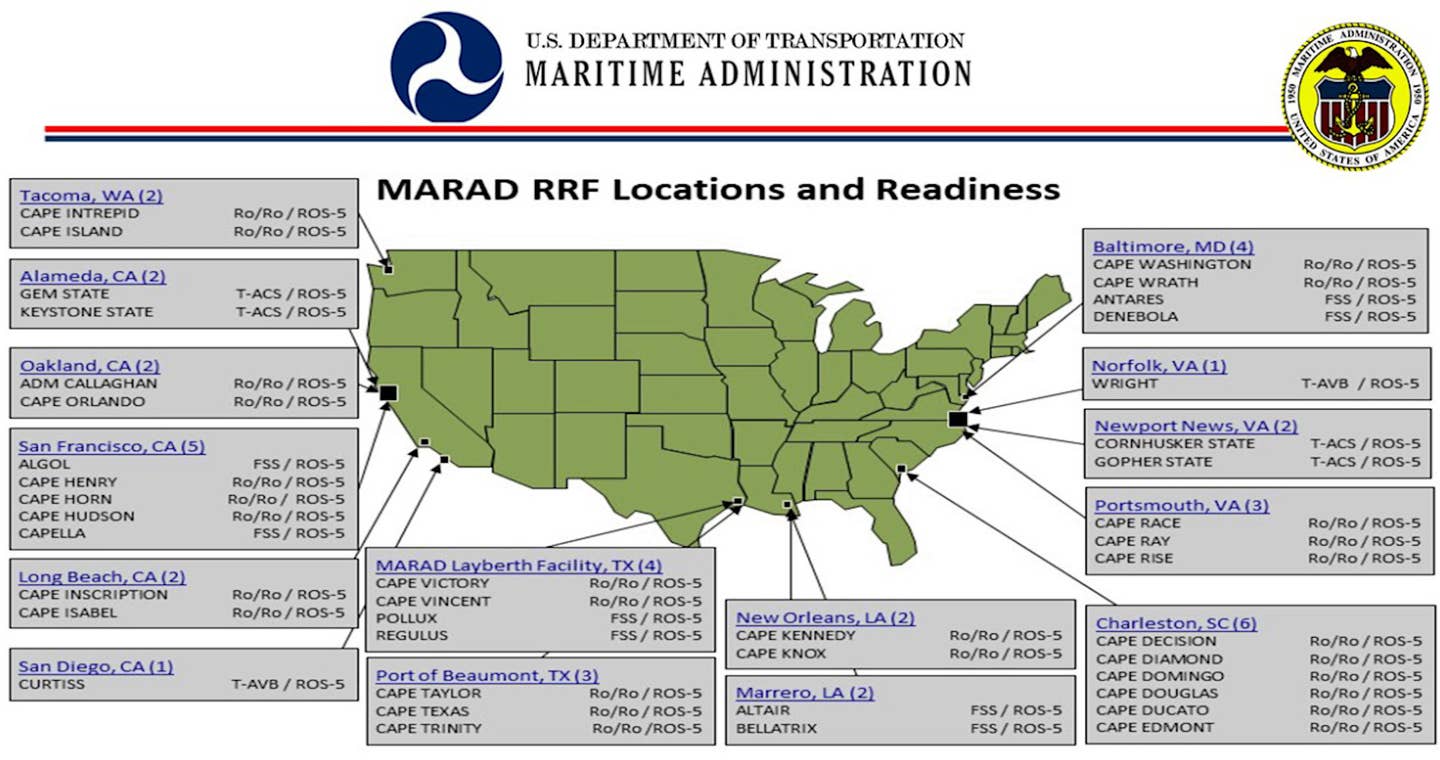
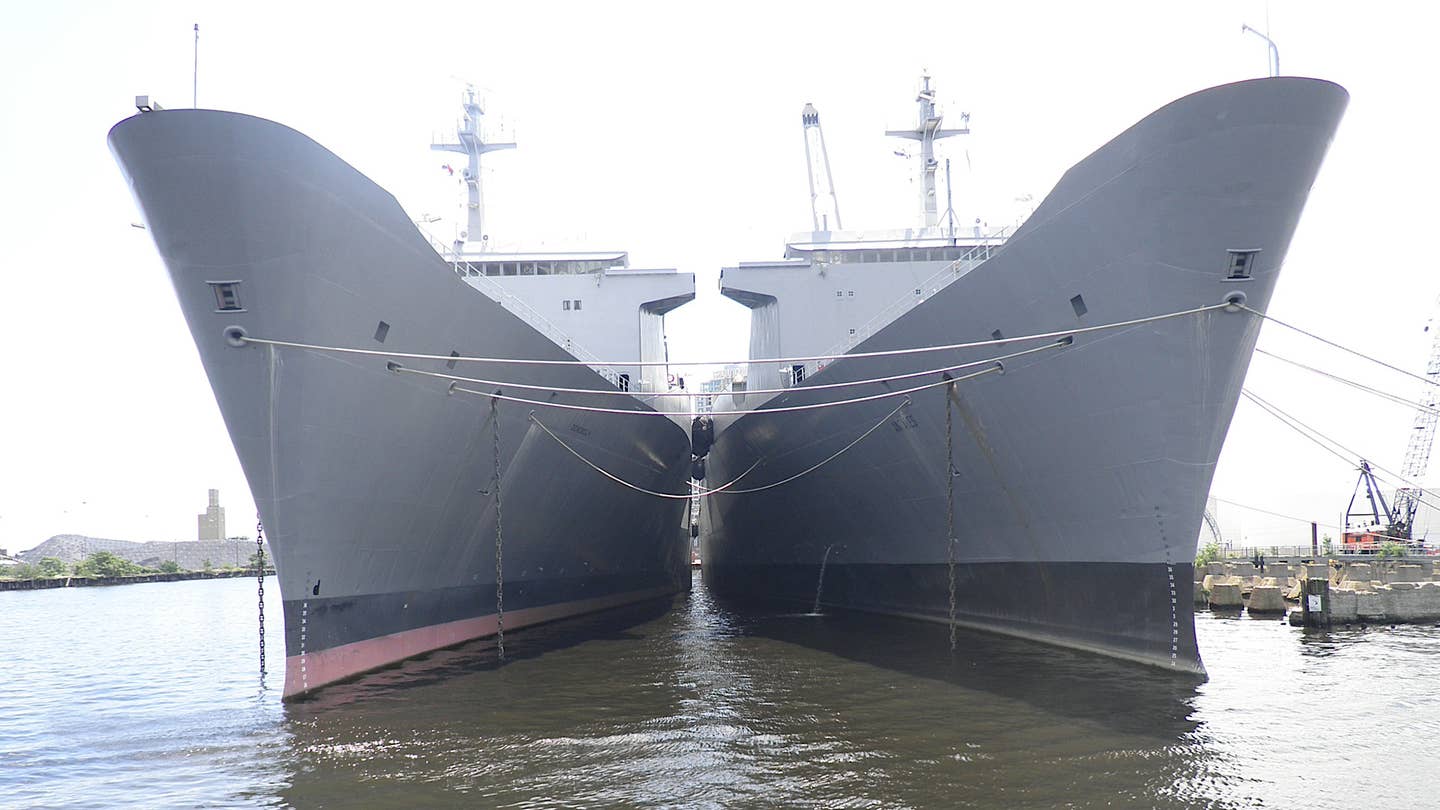
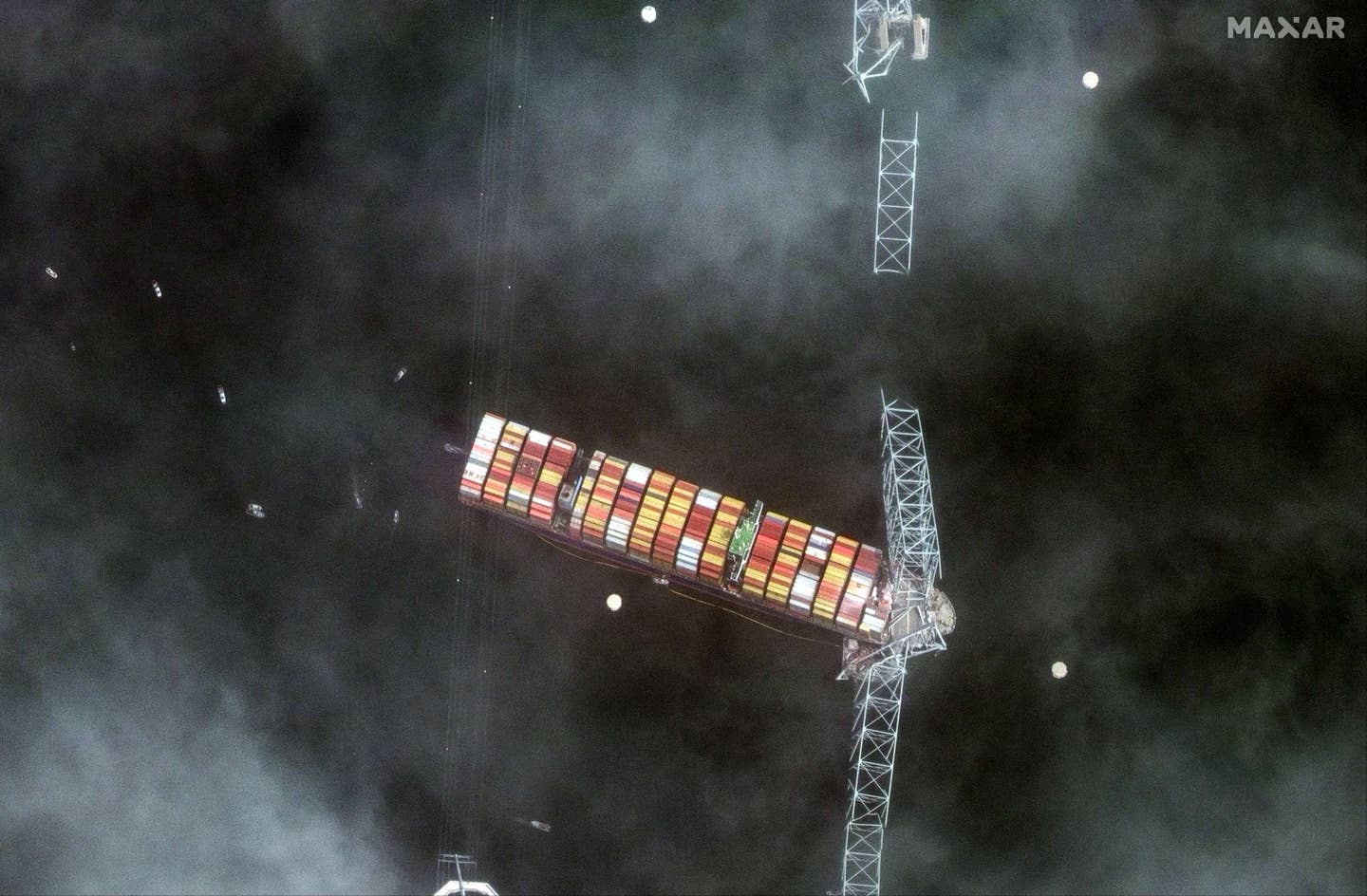
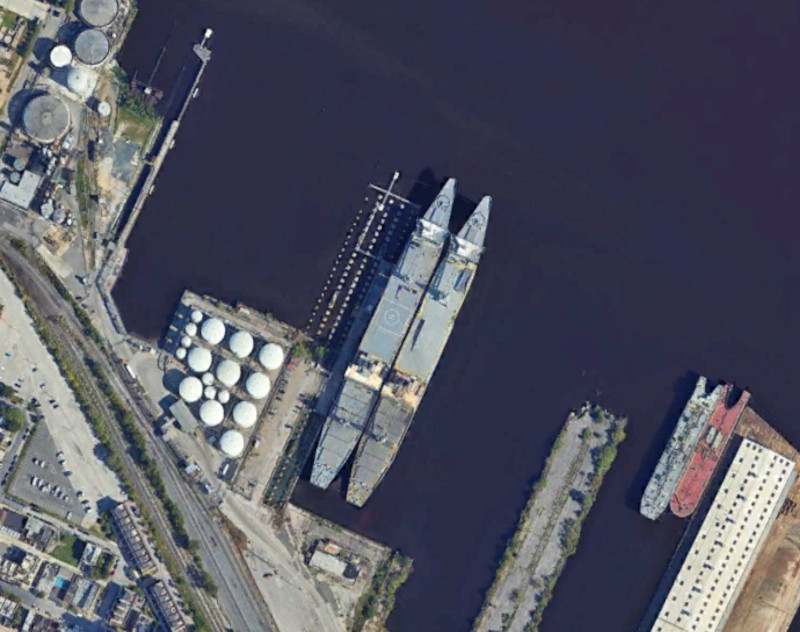


No comments:
Post a Comment